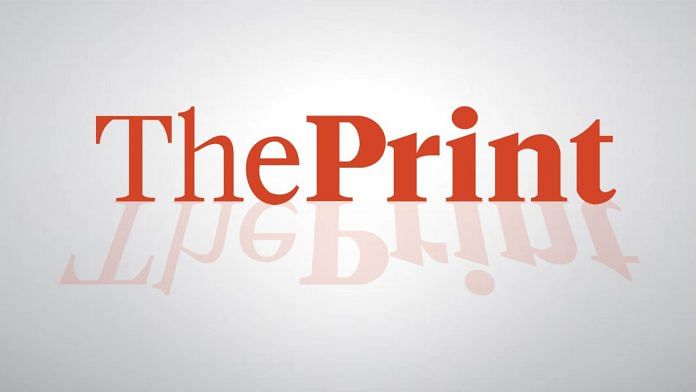New Delhi, Aug 20 (PTI) More than 58 organisations across India have jointly endorsed a white paper calling for a sharper, more accountable second phase of the National Clean Air Programme (NCAP), urging the government to widen its reach, strengthen monitoring and fix clear lines of responsibility to speed up air quality improvements.
The paper, titled “NCAP 2.0: Towards an Integrated Air Quality Framework for India”, asked for the next phase to move beyond the present focus on 130 non-attainment cities and adopt an airshed- and state-level approach that captures pollution sources across urban, peri-urban and rural areas.
The authors said air pollution crosses administrative borders and the programme must be redesigned to reflect that reality.
India launched the National Clean Air Programme (NCAP) in 2019 with a target to reduce particulate pollution by 20-30 per cent by 2024, using 2017 as the base year. The target was later revised to a 40 per cent reduction by 2026, using 2019-20 as the base year.
In practice, only PM10 concentration is being considered for performance assessment.
The white paper said that a state-led hybrid institutional model would be more practical for immediate action, with state environment departments acting as nodal coordinators, pollution control boards handling large-scale and cross-cutting sources and urban local bodies continuing to lead city-level measures such as road dust control, waste management and greening.
This, the paper said, would reduce jurisdictional confusion and allow tailored plans based on each state’s pollution profile.
The authors said while India has more than 560 continuous ambient air quality monitoring stations and over 800 manual monitoring stations, many cities still rely on a single continuous monitor and rural coverage is negligible.
They called for a denser network using lower-cost sensors alongside existing continuous monitors, independent audits of monitoring sites and a hybrid system that tracks pollutants beyond PM10 and PM2.5 to ensure data reliability and transparency.
The authors said that NCAP 2.0 must shift its performance framework away from narrow outcome-only metrics such as the number of “good” air quality days.
Instead, they recommend a composite set of indicators blending inputs, processes and outputs and stress measuring absolute reductions in PM2.5 concentrations alongside PM10.
Prepared by a group of air quality experts and backed by think tanks and environmental groups, including the Center for Study of Science, Technology and Policy, Centre for Research on Energy and Clean Air, WRI India and Asar, the paper urged linking budgetary allocations directly to sectoral and geographic pollutant reductions so that funding is tied to measurable results.
To make policy decisions evidence-driven, the white paper called for state-level emission inventories and scientific modelling to set realistic emission reduction targets and identify priority sectors.
The paper also suggested staggered PM2.5 benchmarks, setting an annual target of 35 micrograms per cubic metre for highly polluted regions and a lower benchmark of 25 micrograms per cubic metre for cleaner airsheds, with suitable incentives for states that continue to push levels down.
The authors urged phased implementation of Continuous Emission Monitoring Systems in industries classified as red and orange, calibration of devices to prescribed standards and making emissions data publicly accessible in line with Supreme Court directions. Such transparency, the paper said, would strengthen enforcement and public trust.
They asked for systemic capacity building for pollution control boards, urban local bodies and urban development departments, backed by dedicated budgets and sustained technical engagement.
They proposed stronger regulatory authority and staffing for PCBs so they can more effectively enforce standards, monitor emissions and recommend sanctions where needed.
The paper also calls for collaboration with institutes of repute, think tanks and civil society to spur research and locally adapted solutions.
They also demanded that a national, centralised emissions inventory be created and maintained by an Indian-led consortium, modelled on systems used in the United States and the European Union.
Such an inventory, the authors said, would standardise state-wide and sectoral emissions data and form the backbone of tracking and planning under NCAP 2.0.
The paper also recommended forming a national expert working group and sector-specific task forces to guide rollout and ensure regular reporting to a central monitoring council.
It pointed to opportunities to align NCAP 2.0 with existing initiatives such as Smart Cities, vehicle electrification schemes, clean cooking programmes and urban sanitation and greening missions so that air quality action is embedded within broader development spending.
Civil society signatories said the next phase of NCAP must be more accountable and participatory.
The paper highlighted the need for open data, independent audits, and clear indicator-based responsibilities for departments and agencies so citizens and civil society can track progress. It warned that without these checks, ambitious targets risk remaining on paper.
The white paper has been formally shared with NCAP Director P V Pillai. PTI GVS GVS RT RT
This report is auto-generated from PTI news service. ThePrint holds no responsibility for its content.




